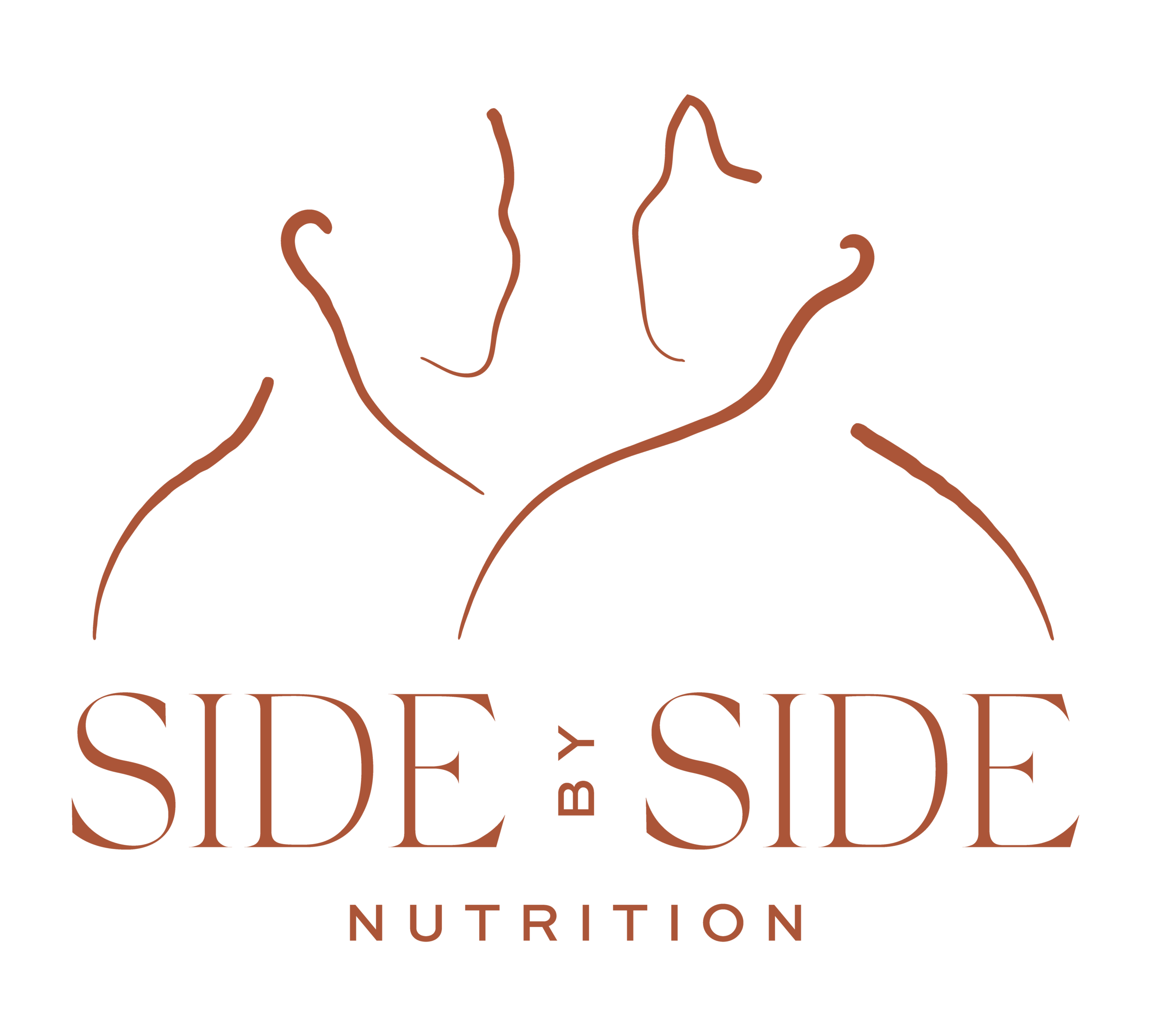Neuroplasticity is the property of the brain that enables it to change its own structure and functioning in response to activity and mental experience. Brain cells are able to constantly communicate electrically with one another and form and re-form new connections, moment by moment...a unique kind of healing. The good news for recovery is that when we start to think, feel, and do things differently, we carve out a new road.
Read MoreYour relationship with your body and your body’s relationship with yourself is just that- a relationship. In relationships, what we need is an understanding, an ability to listen to one each, an ability to understand and mend, to ask each other what you both need.
Read MoreRecovery is out there and it is possible. If you find that you are struggling with an eating disorder, it is important that you seek the help you deserve. Eating disorders are real and life-threatening illnesses that require immediate treatment and you are more than deserving of recovery and a healthy relationship with food and body.
Read MoreNext time you find yourself questioning your treatment needs, check-in here. You may have been asking the wrong questions all along…
Read MoreA relationship can be defined as the way in which two or more concepts, objects, or people are connected, or as the state of being connected.
When discussing body image and body Image healing, it is very helpful to think of your relationship with your body as just that- a relationship. Our relationship with our body is similar to other relationships in our lives, like our relationships with our significant others, our friends, and other acquaintances.
Read MoreDiscomfort in a normal part of recovery
Feeling discomfort in recovery is to be expected and celebrated. Rather than act with automatic behaviors and judgment, get curious with that discomfort and practice sitting with the feeling with mindful awareness.
In eating disorder recovery, we have to get really uncomfortable to grow.
How can we work to change our relationship with what it means to be uncomfortable today and everyday?
Read MoreMaslow’s Hierarchy of needs is a motivational theory in psychology that first showed up in the United states in 1943 and has remained popular in psychological analyses. The pyramid was created by a psychologist, Abraham Maslow, who has been looking for the meaning of life since the beginning of his career, looking to understand what would make life meaningful for people.
Read MoreParts Work or Internal Family Systems (IFS) is a model developed by Dr. Richard Schwartz. Dr. Schwartz has formerly served as a family therapist and he recognized a significant resemblance between the interpersonal dynamics relationships with family members and our own relationship we have with our internal personality parts.
Read MoreBoth struggles and wins in our recovery raise our awareness. The eating disorder thrives in the unexplored. They both give us indispensable experiences. We need both. And it is this awareness that is so powerful because it gives us insight and understanding that we need to move forward.
Read MoreTo move through recovery with more compassion and perspective, we must first reconceptualize what progress looks like in recovery. When many think about what progress looks like, the majority of people may think of only a few things- the decrease or absence of behaviors and the decrease or absence of markers of illness or symptoms that the eating disorder creates.
Although, of course important and always on our radar, boxing recovery into those two things and have a narrow view of recovery can very well be one of your biggest barrier to recovery.
Read MoreWhile at sometimes it can be pretty easy to decipher between the eating disorder voice and our authentic voice, at other times it can be pretty difficult. It can be hard to understand where some of our thoughts are coming from, if they are our own or if they are the eating disorder voice disguised as our own.
Read MoreWhen the idea of body image work feels too overwhelming, start with self-compassion towards oneself around the suffering of body image distress.
Kristin Neff, a self-compassion researcher, author, and Associate Professor, describes self-compassion as having three different components.
self kindness vs self judgement
common humanity versus isolation
mindfulness vs. over-identification
Self- Kindness is a very active stance and practice of soothing and taking care of one's suffering while self-judgment may look like judging and criticizing the suffering.
Common humanity is framing one’s experience as part of a larger human experience while isolation is isolating oneself and the experience.
Mindfulness allows us to notice our suffering and to be with the suffering as it is and be with it to then be able to give ourselves the caring and compassion we need.
Read More












